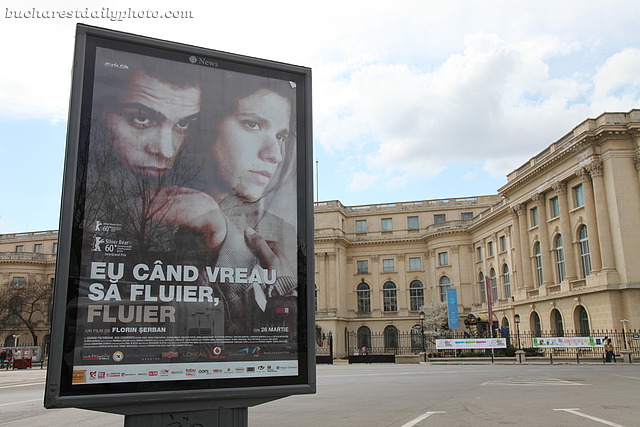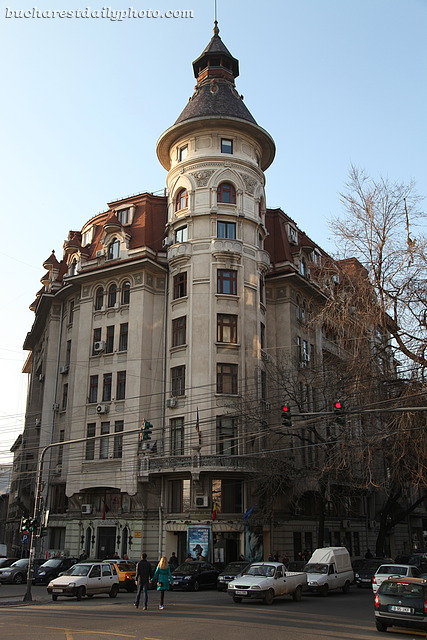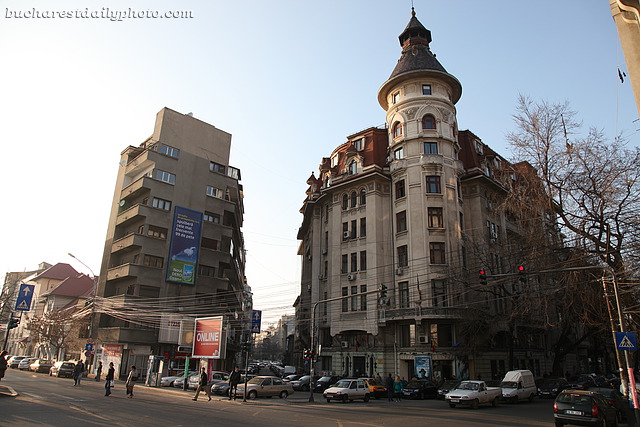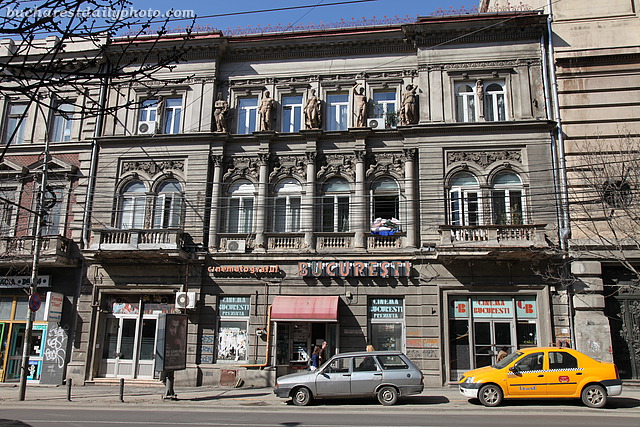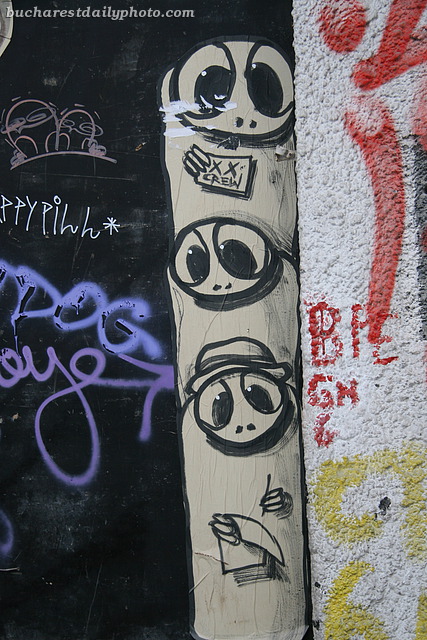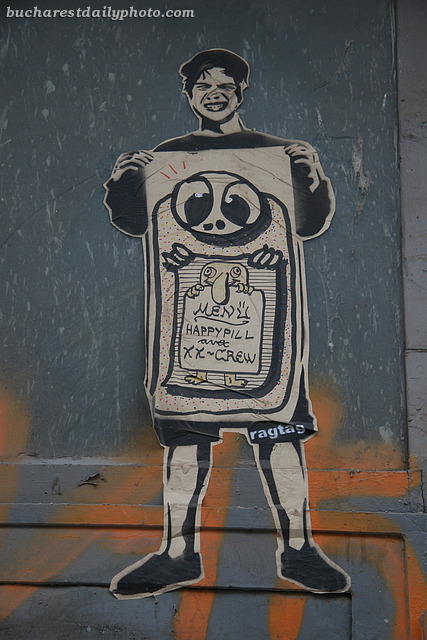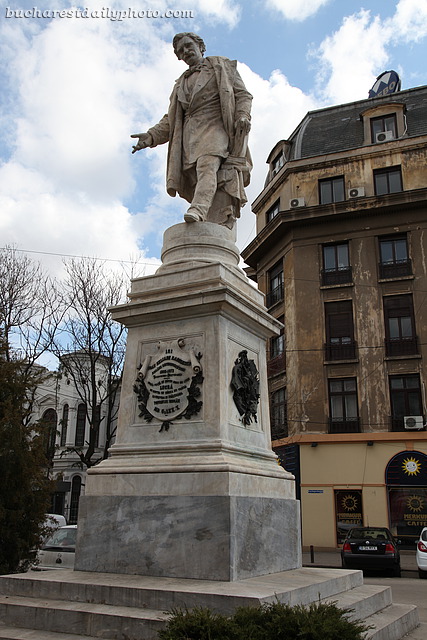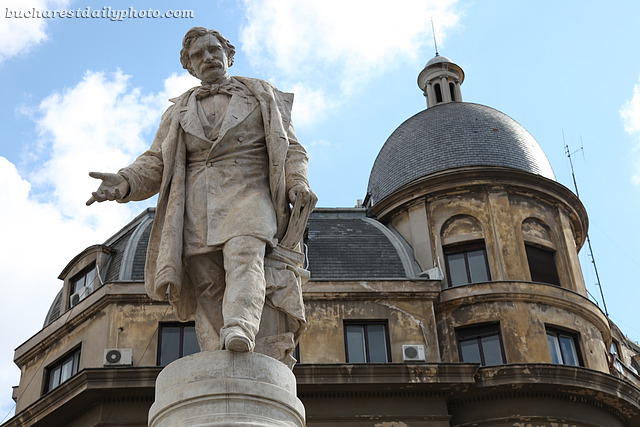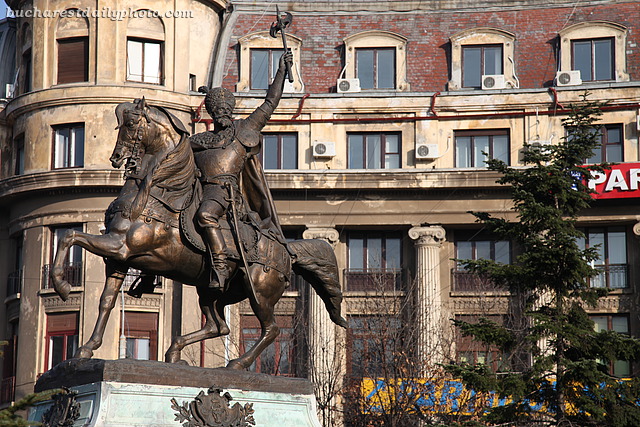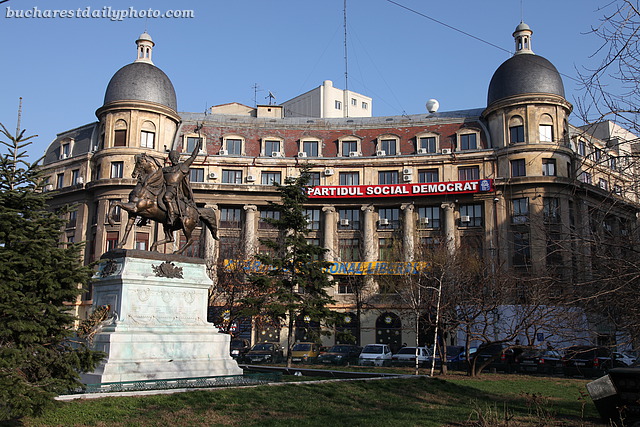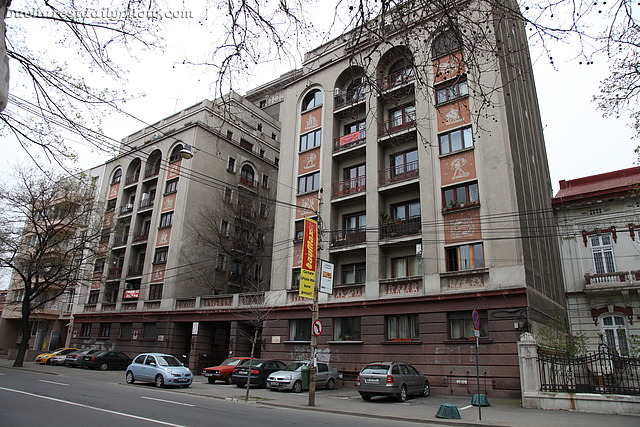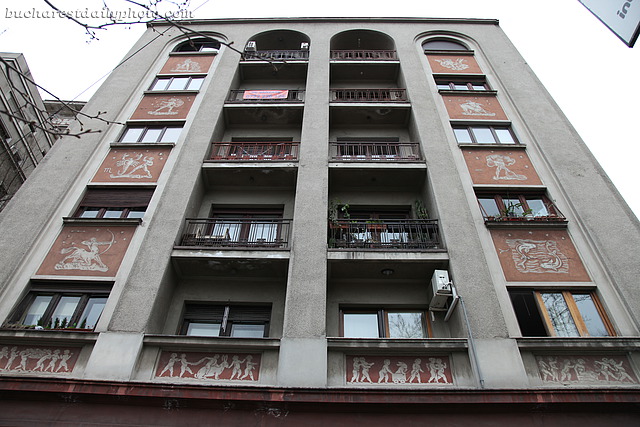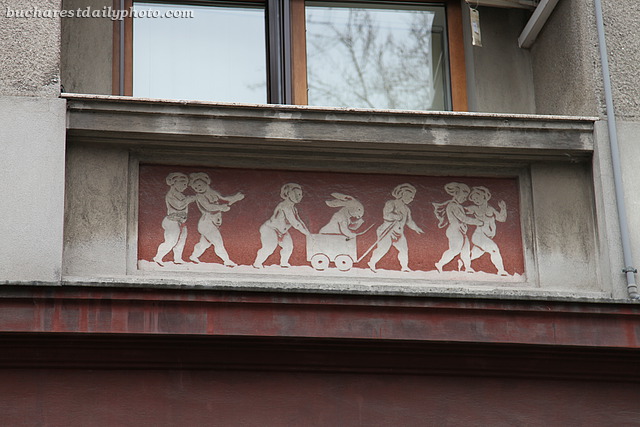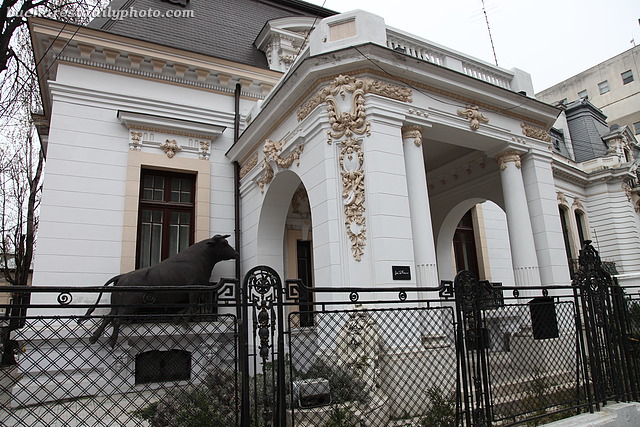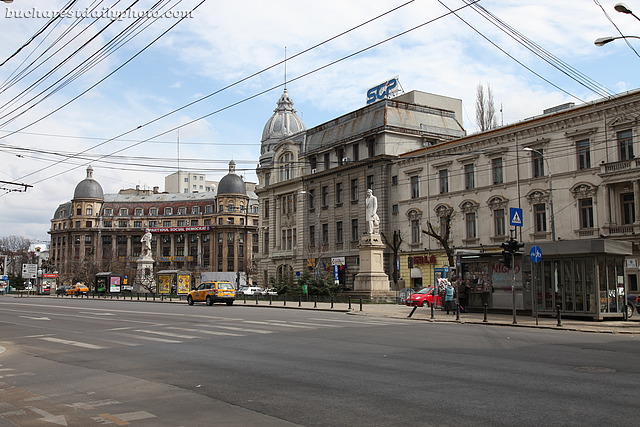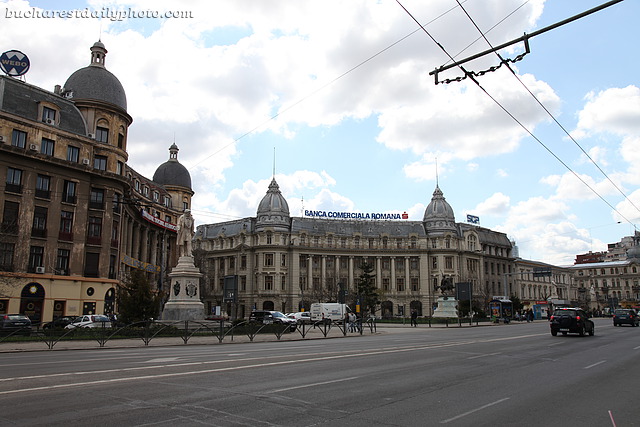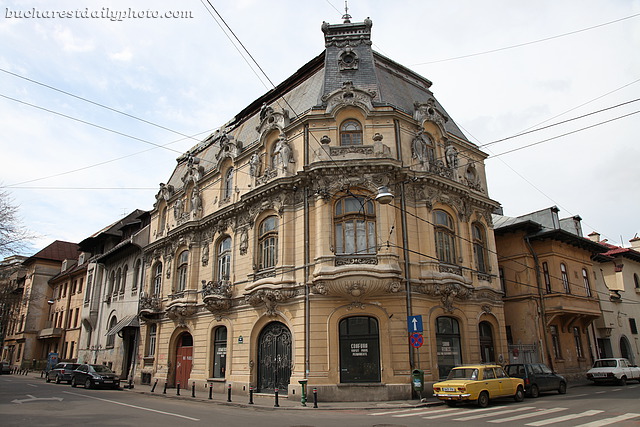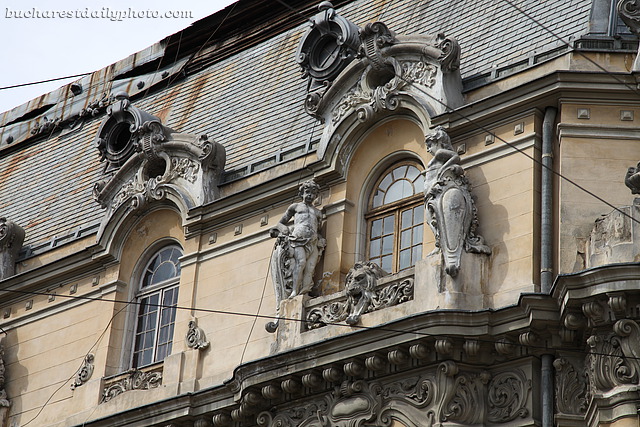The new Romanian cinema has been one of the unexpected surprises of the last five years. To quote from an article I found on the web “The notion that Romania could emerge as one of the most vibrant and exciting film-making centers in Europe, if not the world, would have seemed far-fetched a decade ago. And yet, in four short years a generation of remarkably talented young Romanian directors have produced an impressive body of films that have consistently landed at the top of international critics’ polls and in the coveted top tier of film festivals from Cannes to New York”. Some call it the “new wave of Romanian cinema”, some dispute the title, but one thing is clear and that is that for the last five years we’ve seen good movies come out of Romania, something that never happened before. Since most of the directors in this new wave are people in their 20s and 30s, there is hope that this trend will continue (although they’ll have to change the formula before it becomes stale). Most of the films are primarily concerned with the social aspects of the Romanian society and culture, with recovering the communist past seen through the eyes of its victims and with life in the new capitalism society. There’s irony, there’s tragedy, the movies are low budget and there are no special effects to speak of; but they’re heartfelt and they move you even though they probably won’t convince you to visit Romania (we have “Cold Mountain” to account for that 🙂 ). Some of the most known titles, which got international release, are: “The Death of Mr. Lăzărescu” (director Cristi Puiu, won Un Certain Regard at Cannes Film Festival), “Four Months, Three Weeks and Two Days” (director Cristian Mungiu, won Palme d’Or at Cannes Film Festival), “12:08 East of Bucharest” (director Corneliu Porumboiu, won Camera d’Or at Cannes Film Festival), “California Dreaming” (director Cristian Nemescu, won Un Certain Regard at Cannes Film Festival), “Police, adjective” (director Corneliu Porumboiu, won Un Certain Regard at Cannes Film Festival), “Tales from the Golden Age” (directors Hanno Höfer, Cristian Mungiu, Constantin Popescu, Ioana Uricaru, Răzvan Mărculescu). The latest movie to win an award, the Silver Berlin Bear. is the one advertised by the poster in today’s photograph. The movie is called ” If I Want to Whistle, I Whistle” directed by Florin Şerban. I didn’t see it yet, so I can’t tell you if I liked it or not, but I plan to see it later this week.
The building in today’s photos houses one of Bucharest oldest theater companies, Bulandra Theater, founded in 1947 and named so after Lucia Sturdza-Bulandra (1873-1961), one of the leading Romanian stage actresses, which also served as the first director of the theater. Bulandra currently has two performance halls; the one in the image is called Izvor Hall. Construction of the building took place between the years 1926 to 1929 after plans by architect Ion Trajanescu and under the guidance of engineer Constantin Cihodaru. It also bears the name of “Palace of the Cultural League”. The facade is a combination of Neoromanian style with Art Deco.
In case you’re wondering where I disappeared, the answer would be the northwest of Argentina, more precisely in the city of Salta, at the foothills of the Andes. I’ve seen some amazing landscapes here, but I had problems connecting to the Internet which made me unable to post. Don’t worry, I plan to make up for the break.
Today’s photograph shows one of the buildings lining Queen Elizabeth Boulevard, a boulevard located downtown Bucharest, only a few steps away from the University Square. Given the fact that this should be prime time real estate, I’m surprised that its restoration and cleaning is going as slow at it is. Except for two or three buildings undergoing renovation, nothing’s been done to restore this once beautiful street to its former glory.
The fourth statue located in the University Square is that of Ion Heliade Rădulescu, “Romanian academic, Romantic and Classicist poet, essayist, memoirist, short story writer, newspaper editor and politician”, “prolific translator of foreign literature into Romanian”, “founding member and first president of the Romanian Academy”. The marble statue shows him holding a book in his hand, a fitted portrayal considering that he “is considered one of the foremost champions of Romanian culture of the first half of the 19th century”. The statue is the work of the Italian sculptor Ettore Ferrari and was unveiled in 1881.
Two days ago I found out from comments on this blog that the University Square is soon going to be dug because of a underground parking lot which is supposed to solve all the parking problems of Bucharest (yeah, right, and I’m about to land on Moon). So I thought I’ll post a few more pictures from the square before it’s forever changed by construction work. I’ve posted pictures of two of the four statues located in the square (Spiru Haret and Gheorghe Lazăr) and today’s photographs introduce another one, the bronze equestrian statue of Michael the Brave (1558 – 1601), prince of Wallachia, of Transylvania and of Moldavia. He’s regarded as one of Romania’s greatest heros for ruling as a single leader over the three provinces that make up present day Romania. He achieved this in 1600 and the union lasted only six months. The three provinces only came together again in 1918. The statue dates from 1874 and is the work of the French sculptor Albert-Ernest Carrier-Belleuse (1824-1887). It’s the oldest statue in Bucharest representing a political personality.
First of all sorry for the late posting. I’m on the road again and when one’s traveling things don’t always work out as expected. But all’s well that ends well and since I have a place to sleep for the night and an Internet connection I’m all good and ready to post 🙂
Very close to the flying cow villa from yesterday’s photo lies another interesting building, also located on Calea Dorobanţi. This one is decorated with ornamental panels showing the zodiac signs, which I think make a rather non interesting building look nice. The apartment complex was built in 1946 by architects Radu Dudescu and Mircea Marinescu and the ornamental panels were executed by Constantin Baraschi.
Why is there a cow flying through the windows of a house in Calea Dorobanti? I was curious so once home I searched on the Internet for the name written on the small black plaque. Apparently she’s either coming to revenge her fellow cows or has a death wish and came to be sacrificed for the delight of the diners: the building houses an Argentinian restaurant.
It occurred to me that even though I’ve talked many times about University Square, the center of the city, I’ve never shown it to you. Even though most people call the entire area around the square by that name, the actual University Square is the one with the four statues, located in front of the University of Bucharest building. This square is usually so crowded and full of traffic that I found it really hard to take a nice picture. The reason it’s looking so empty in today’s photographs is because I took these photos on the Saturday before Easter.
This beautiful French house located in downtown Bucharest is known by the name of “The House of Mitza the bicyclist” because it used to belong to Maria Mihăescu (1885-1968), the first woman bicyclist of Romania. This was back in 1898 when Mitza made waves by biking down Calea Victoriei. She was a very beautiful lady with lots of admirers and supposedly lots of famous lovers. She was also the first Romanian lady to wear a bathing suit at the beach. According to wikipedia, the house in the photo was a gift from King Ferdinand of Romania, whose supposed to have been her lover. The house was built in 1910 by architect N.C. Mihăescu, had the first floor modified in 1933 and was restored again in 1985. Right now the building is in dire need of another renovation before it starts losing the beautiful details of the facade.
